Hike Smart, Return Safe
Today we dive into Wilderness Safety and First Aid Essentials for Day Hikes, blending practical preparation, calm decision-making, and trail-tested medical skills. Expect checklists, quick-response techniques, and real anecdotes that help you plan confidently, act decisively, and enjoy miles with fewer surprises.
Research the Route and Conditions
Study official maps, recent trip reports, and park alerts to understand elevation, water availability, and closures. Note daylight windows, shuttle schedules, and cell dead zones. Download offline maps, print a backup, and set realistic pacing based on terrain, fitness, and photo or snack breaks.
Share Your Plan and Check-In Protocols
Tell a trusted contact your route, party size, expected return time, vehicle details, and emergency steps if you miss a check-in. Carry an identification card and medical info. Consider a satellite messenger for brief updates, location sharing, and SOS when coverage disappears unexpectedly.
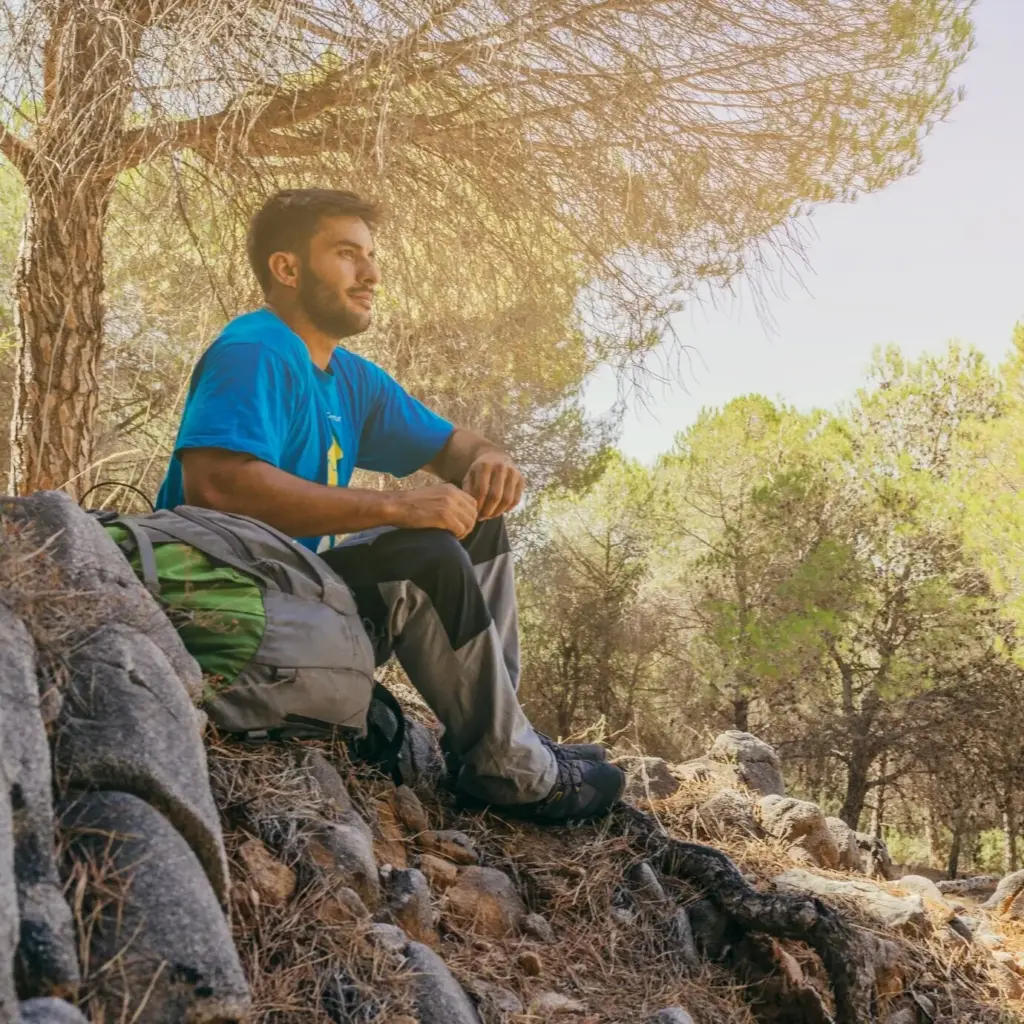

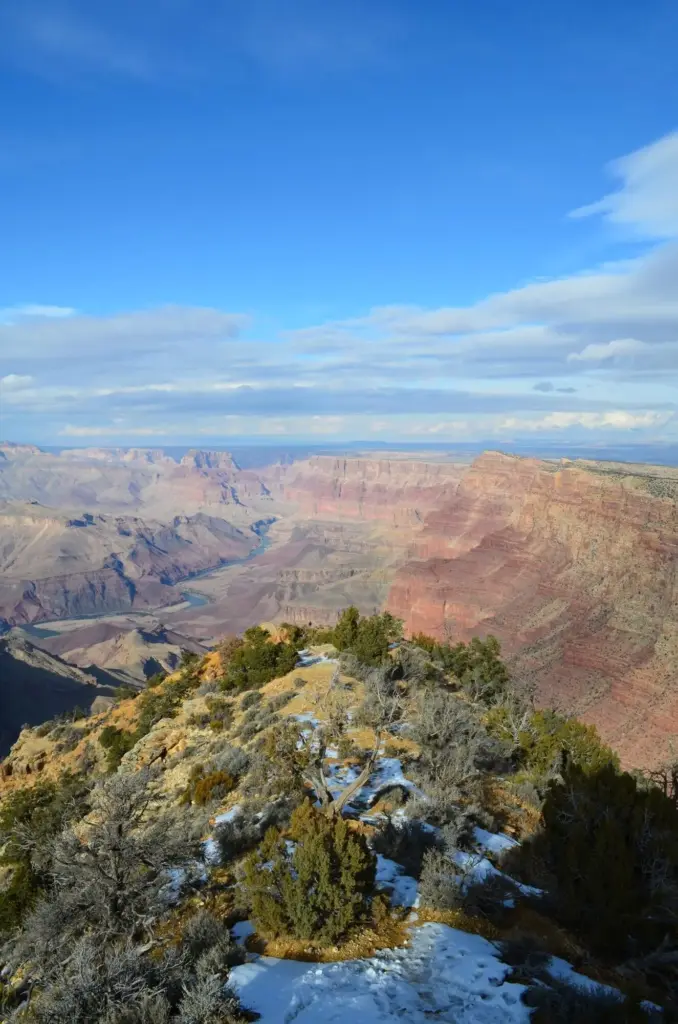
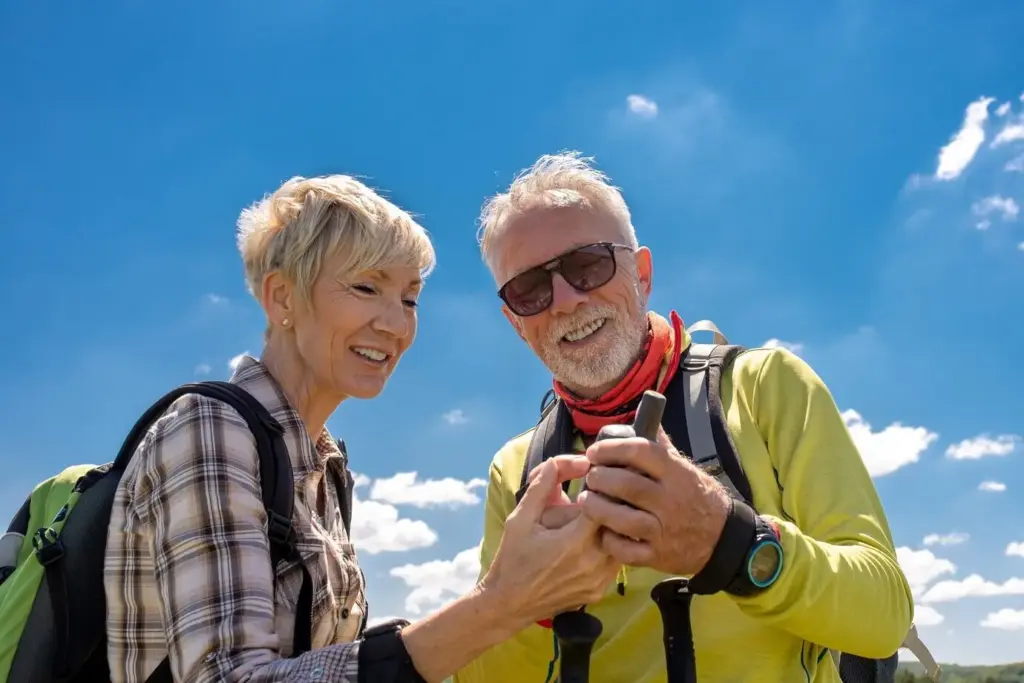
Navigation, Weather, and Decision-Making
Good judgment is a renewable resource when you feed it with redundant navigation tools and humble respect for changing skies. This section integrates analog skills with smart electronics, helping you recognize early warning signs and pivot before small navigational slips or storms compound into serious situations.
Medical Essentials You Should Carry
A compact, personalized kit turns nerves into action. We will prioritize supplies that treat the most likely day-hike issues—blisters, minor bleeding, allergic reactions, and sprains—while noting items that buy time for help to arrive. Simplicity, accessibility, and practice matter more than sheer quantity.

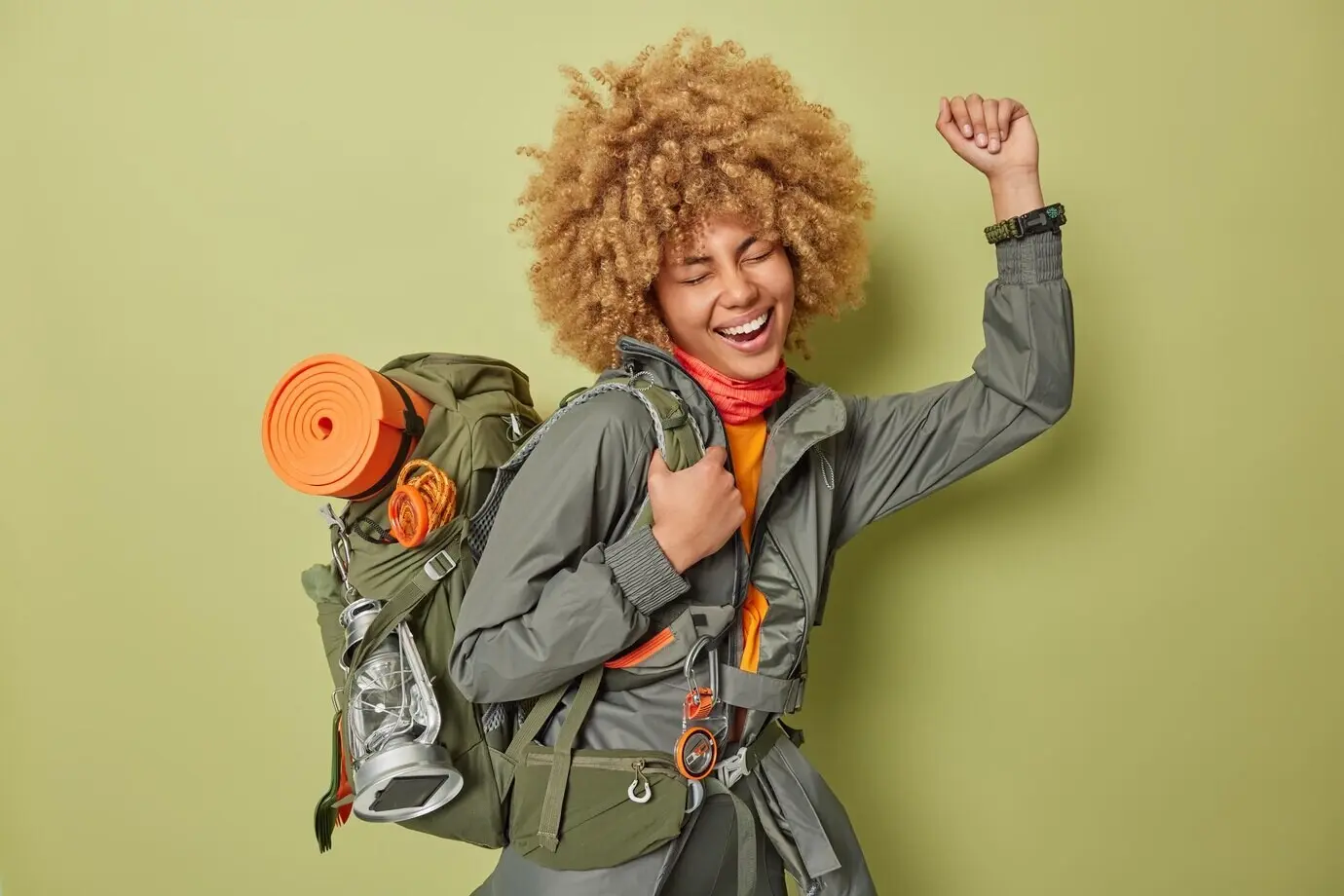
Blister and Foot Care
Protect skin before hot spots erupt by taping pressure points and wearing moisture-wicking socks. At the first rub, stop, dry, and pad with moleskin or hydrocolloid. Pop only large, painful blisters using sterile technique, then seal and monitor. Happy feet protect pace, mood, and safety.
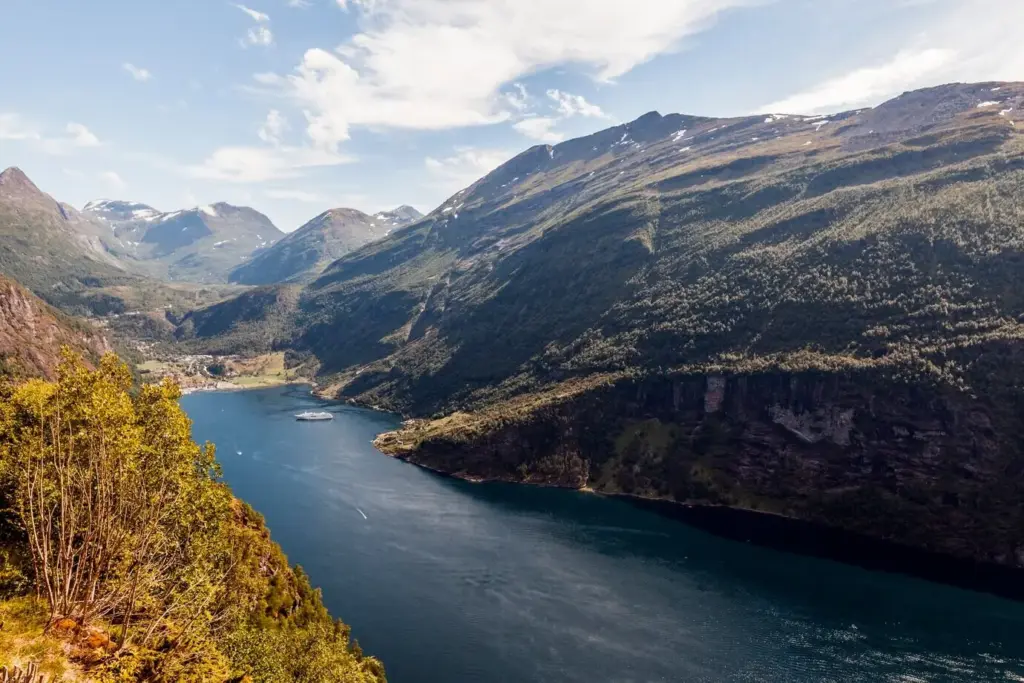
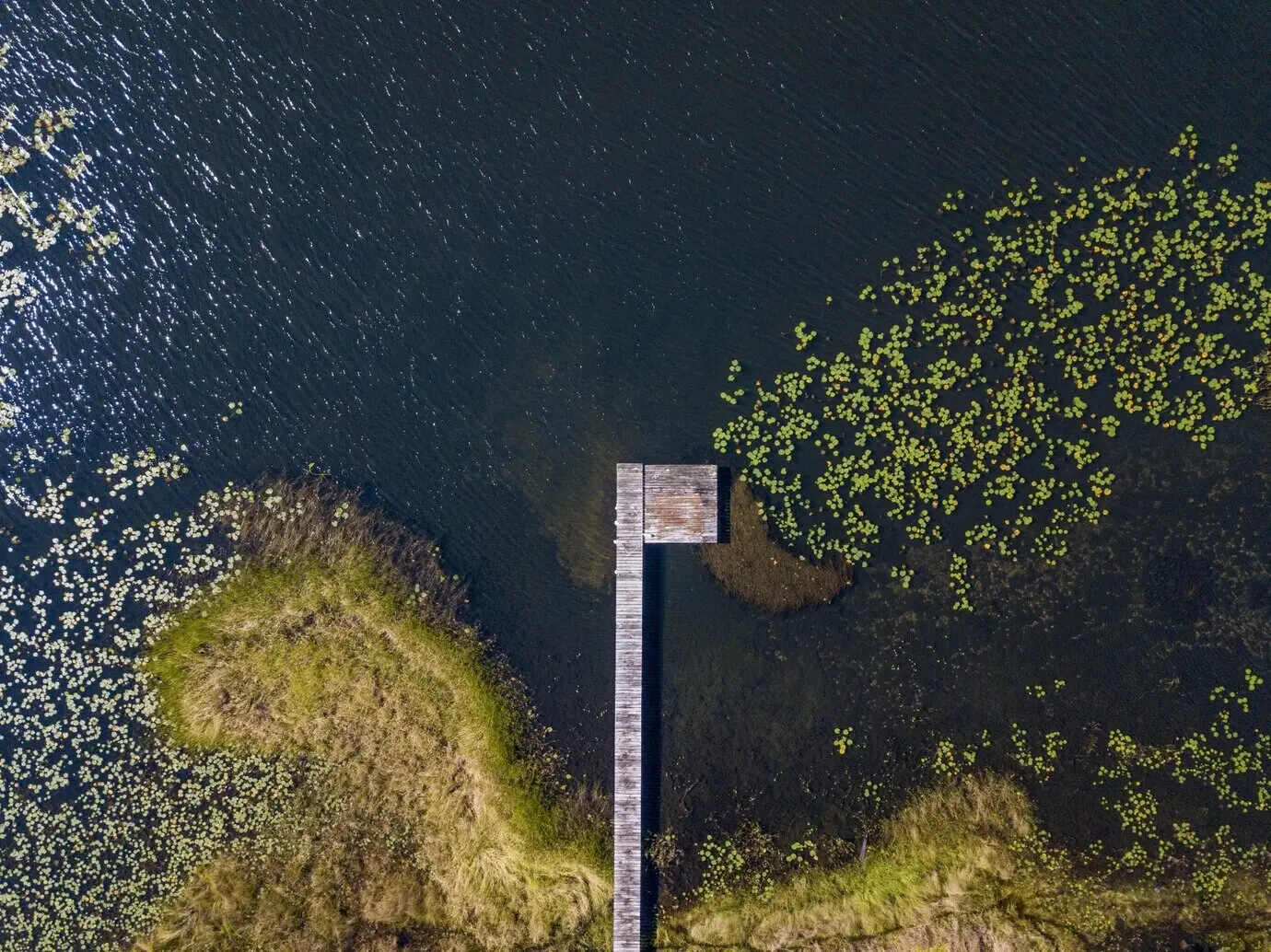
Bleeding Control and Wound Management
Gloves protect you and the patient. Clean with potable water, apply direct pressure with gauze, and elevate if practical. Use a pressure bandage for persistent bleeding. For deep wounds, consider a hemostatic dressing and seek evaluation. Mark time on wraps and reassess circulation frequently during movement.
Primary Assessment: Scene, Airway, Breathing, Circulation
Scan for hazards, stabilize the environment, and don gloves. Check responsiveness, open the airway, and watch rise and fall of the chest. Control serious bleeding immediately. If indicated, begin compressions and recruit help. Assign roles—caller, navigator, caregiver—to transform chaos into direction while avoiding duplicated or missed tasks.
Fractures, Sprains, and Splints
Use RICE principles to reduce swelling, then splint joints above and below the injury with a pad, trekking pole, and tape. Check circulation, sensation, and movement before and after. Prioritize comfort and gentle transport, documenting pain trends and keeping the patient warm, hydrated, and reassured.
Avoiding Unwanted Wildlife Encounters
Make noise on blind corners, carry bear spray where appropriate, and never approach or feed animals. Leash dogs to reduce conflicts. Secure snacks and wrappers deep in your pack. Read tracks with interest from a distance, and give large mammals room to pass without pressure.
Toxic Plants and Water Safety
Identify poison ivy, oak, and hogweed by leaf patterns, and wash exposed skin quickly with soap. Treat all surface water with a filter and backup tablets. Keep bottles clean, separate raw and purified containers, and avoid stirring sediments that clog gear and stomachs.
A Short Story: The Hiker Who Turned Back
At mile four, clouds stacked and thunder murmured. Our group wanted the ridge, yet one person spoke up, checked the time, and suggested retreat. We ate by a creek, laughed, and returned dry, later reading strike reports confirming restraint protected joy and safety.
Building Habits Through Reflection
After each hike, write two wins, one near-miss, and a single improvement for next time. Photograph your kit layout to spot gaps. Share notes with partners so that small corrections become automatic, and confidence comes from repetition, not luck, heavy gear, or bravado.